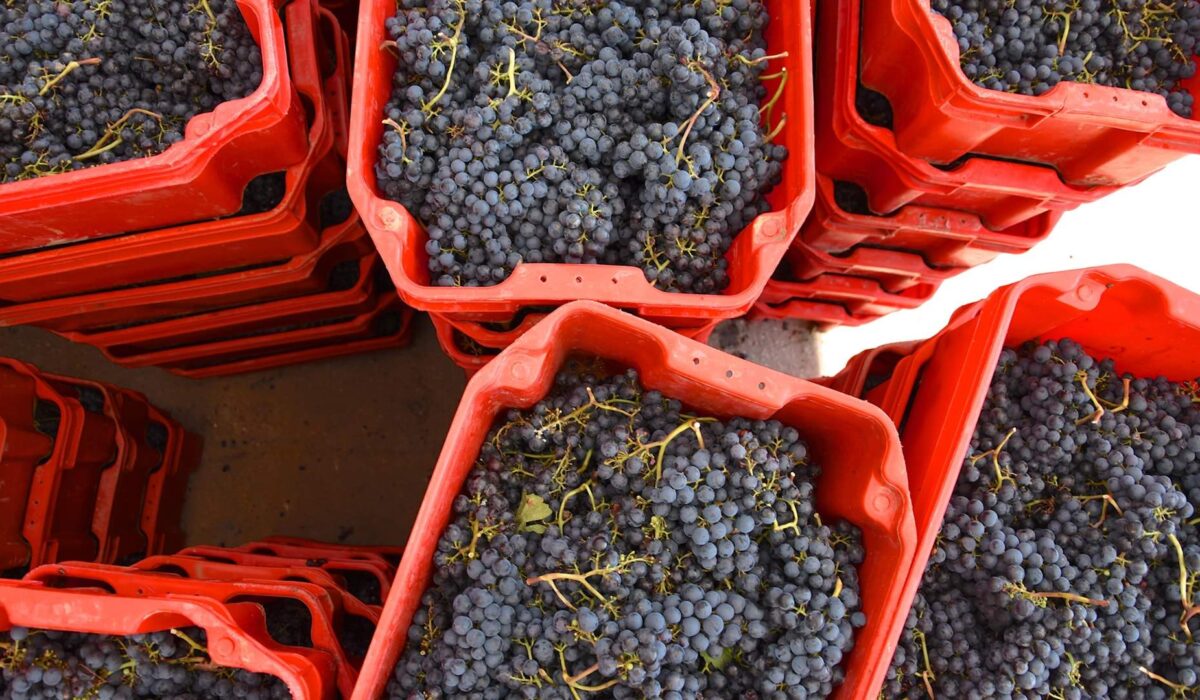Soil
The soil of the Szekszárd wine region is usually filed under the category of loess however if you take a closer look you will find that the situation is not as simple as that. The soil of the 150 square kilometer Szekszárd Hills is mostly made up of sandy deposit and silt left by the Pannonian Sea.
The thickness of this layer varies between 100-200 meters and it emerges to the surface only in narrow ravines and deep loess roads. During the Lower Pleistocene a red clay cover was formed on this stratum with a thickness ranging from 30 to 80 centimeters however in many spots this blanket has completely eroded since then. Eventually most of the region was covered by loess – largely during the last glacial period – with a thickness ranging from 20 to 50 meters. In this loess layer one can often come across the shells of ancient sea creatures or less frequently the remains of larger mammals that lived here before the glacial period and then there are the curious limestone formations commonly called „löszbaba”. The amount of limestone which varies from one plot to the next lends wines more intense and complex aromas.
The differencies in soil are important factors in deciding which varieties to plant, i.e. in plots with higher limestone content one should expect to find white grapes mainly. In the best vineyards of the region it is common to find red clay which imparts excellent heat and water retention capacity to the soil as exemplified by the numerous great wines made from grapes grown in the Görögszó, Strázsahegy or Gurovica vineyards.

Climate
Sitting at the intersection of two larger regions the climate of Szekszárd is special and is influenced by both the Great Plains and the Szekszárd Hills. Topographical diversity adds another layer of complexity. Thanks to hot summers even some Mediterranean plants like fig, olive trees and oleander shrubs can be seen thriving on the town’s main square.
Szekszárd has a moderately warm and dry climate. With 2040-2050 annual hours of sunshine conditions are excellent for viticulture and the extended periods of sunshine in early autumn are especially beneficial for ripening the grapes. Spring frost in Szekszárd seldom causes problems thanks to the closed valleys. Temperatures show a strong continental influence with some traces of Mediterranean climate. Mean annual temperature is above 10 °C and in the growing season average temperatures are around 17 °C. For almost 200 days a year daily average temperatures rise above 10 °C.
Annual rainfall is 630-650 mm with 350-380 mm in the growing season. The wettest months are May and June. There is a danger of hail storms in June, July and August but records show that hail damage is relatively rare as the nearby River Danube has a tendency to „draw” hail away from the vineyards.
The greatness and diversity of Szekszárd red wines can be traced back to the network of interlocking hills with various microclimates and if the winemaker is successful in the balancing act of blending grapes from different plots the resulting wine will be more than the sum of its parts. To achieve consistent quality the entry level wines are typically blends of grapes coming from different vineyards. Even varietal wines are often blends in that sense as the grapes come from various plots. The wine region has an answer even to the vicissitudes of weather: thanks to the multitude of aspects of the vineyards in warmer years one can rely on the harvest of slopes with eastern orientation and in cooler vintages slopes facing south work better. This is the benefit of having vineyards in several different plots. As a reaction to climate change kékfrankos is becoming an increasingly important component in blends ranging from basic wines to the top end as the variety’s elegant acidity has the capacity to pep up blends.

 English
English
 Magyar
Magyar 




